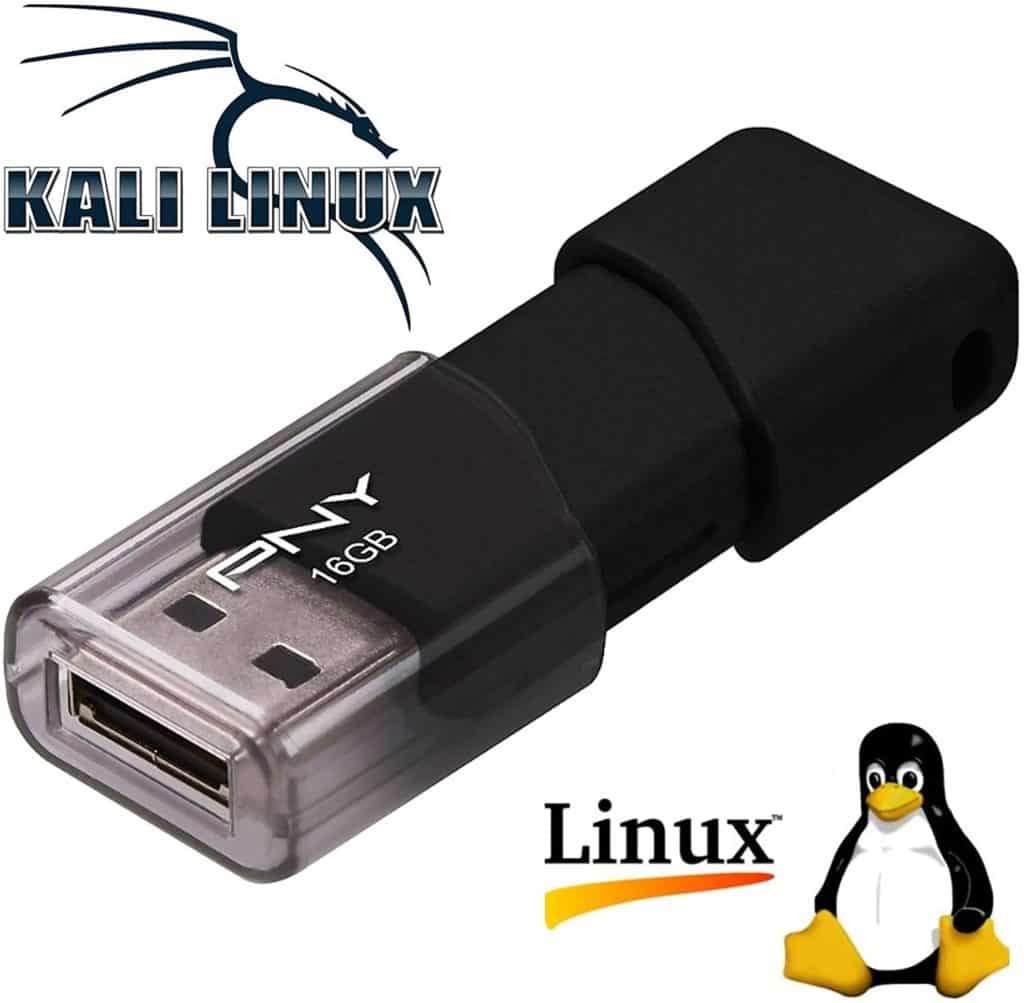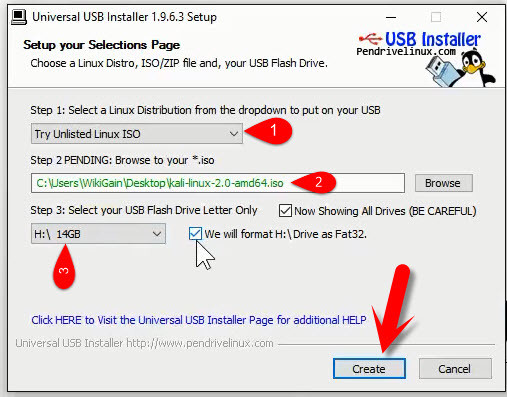
- KALI LINUX USB FOR FREE
- KALI LINUX USB HOW TO
- KALI LINUX USB FREE
- KALI LINUX USB WINDOWS
KALI LINUX USB HOW TO
It shouldn’t be necessary on Desktop, but at least you know how to do it if needed.The following is a guest post from Rapid7 customer Bo Weaver. This will give you access to the files stored on your USB drive.
 Create a new directory where you’ll mount the partition, for example:.
Create a new directory where you’ll mount the partition, for example:. 
Use “ fdisk -l” if you don’t have a graphic interface.
Note the partition name in Gparted (/dev/sdd1 in my case, see the screenshot below).Ĭhange the following commands with your partition path if needed. If it’s not the case, you can use a few command lines to mount it manually: In theory, Kali Linux should automatically mount USB drives when you plug them. EXT4: To be used on Linux systems only. KALI LINUX USB WINDOWS
NTFS: To be used with Windows computers (no limitation). FAT32: Compatible with all operating systems, but limited to files smaller than 4 GB. Most Linux distributions can read and write on various partition formats, but the most common are: FAQ What format does a USB drive need to be for Linux? Read the FAQ below to know how to mount your USB drive if it doesn’t work automatically when you plug it. Notice that this time we use the partition name (/dev/sdd1), not the device name (/dev/sdd). I want to format mine in FAT32, so I’m using the first command. Confirm with “Y” to remove the signature if asked. It will ask a few questions, just keep the default values. Warning: make sure you are using the correct disk name here.įollowing this step with the wrong one will delete all the content store on this disk. We’ll use fdisk to manage the partition table and create the new partition:. But with a brand new USB drive, you’ll need to do this: If there is already one partition on your USB drive, you can just skip this and go to the formatting directly. Optional: Create a partition table and partition I did the example with an empty USB drive, so there is an additional step for me: initializing the USB drive. It says “USB DISK” and the size matches (7.55 GiB). The USB drive will often be the last one in the list, in my case it’s “/dev/sdd”. Learn from the pros how to use Kali Linux easily and quickly. Learn how the good and the bad guys hack! The disk name format is generally something like /dev/sdX where X is often a letter between “a” and “f”, depending on the number of hard drives you have.Īnyway, use this command to list all your drives: The first step is to plug your USB drive to your computer running Kali Linux, and then identify the disk name. The fdisk command list the drives connected to the computer, and the mount command can then be use to get access the drive content. USB drives can also be mounted from a terminal or via SSH when no desktop environment is available. Method 2: Format USB drives from the terminal FAT32 should work on all operating systems (including Windows).Ĭheck the FAQ at the end of this article if your USB drive is not mounted automatically. You'll enjoy receiving the recent articles directly in your inbox every week!įrom there, you should get access to your USB drive directly in the file explorer each time you plug it back to your computer. Stay tuned with the latest security news! The last step is to click the green tick in the top bar, to apply your changes on the drive.Īfter a few seconds, your USB drive will be updated and your partition read to use. Click “Add” to see your changes on the main screen:. KALI LINUX USB FREE
But most of the time, you’ll only create one big partition that takes up all the free space. You can create several smaller partitions, use labels or give them different names if you like.Keeping “fat32” is probably a good idea, but I explain the different possibilities at the end of this article if you need further information.

The only thing mandatory here is to select the file system. Do it again, and create a new partition:Ī form like this shows up.Do a right-click on the unallocated space, and create a new partition table.So, if like me your USB drive is empty, you can follow these steps: If you are reading this, I guess there is nothing on the USB drive, or an unsupported file system.įrom there, you can do everything visually: delete the existing partition table, create a new one, create a new partition and format it as you want. You should see the current partition table directly. Select your USB drive in the top-right corner.You can also use the search engine to find the shortcut directly. In the main menu, go to Usual applications > System.
KALI LINUX USB FOR FREE
Try it for free now, companies are paying for you.ġ500 servers in 120 countries. Hide your IP address and location with a free VPN:







 0 kommentar(er)
0 kommentar(er)
